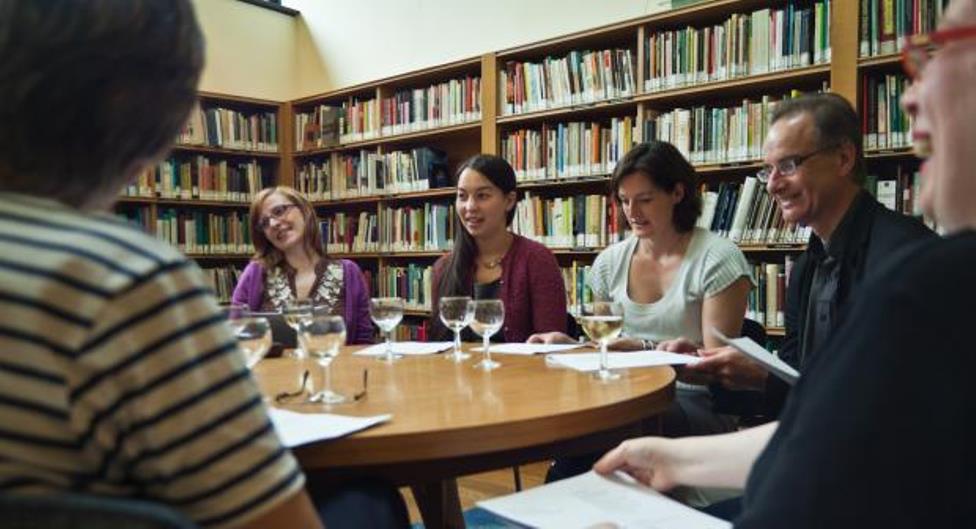
Six curators on the books that inspired them
As an alternative reading list for the month April, we asked six curators which books inspired them in their careers. The list of books is very diverse and will make for some great and wild reading.
[h1]Lorenzo Benedetti
Italo Calvino, If on a winter’s night a traveler (1979)
If on a winter’s night a traveler by Italo Calvino is one of the most important works the Italian writer produced. The central element, which for me was important in this book regarding the curatorial practice, is how the content, the form and the reader/visitor are merged in one dimension.
The book is fascinating because of its structure that constantly opens to other possibilities of interpretation. A new concept of what the author/reader relationship could be is very fascinating, as well as the questions the book poses about originality.
In 2007 I used the title of this book for a group exhibition at Marta Herford in Germany, but the potential of this book remains ever present for my practice.
Lorenzo Benedetti will become the new director of de Appel arts centre. Benedetti has been director of the Vleeshal in Middelburg since 2008, and acquired national prominence as curator of the Netherlands Pavilion at the 2013 Venice Biënnale.
Binna Choi
Barbapapa – Annette Tison and Talus Taylor (1970s onwards)
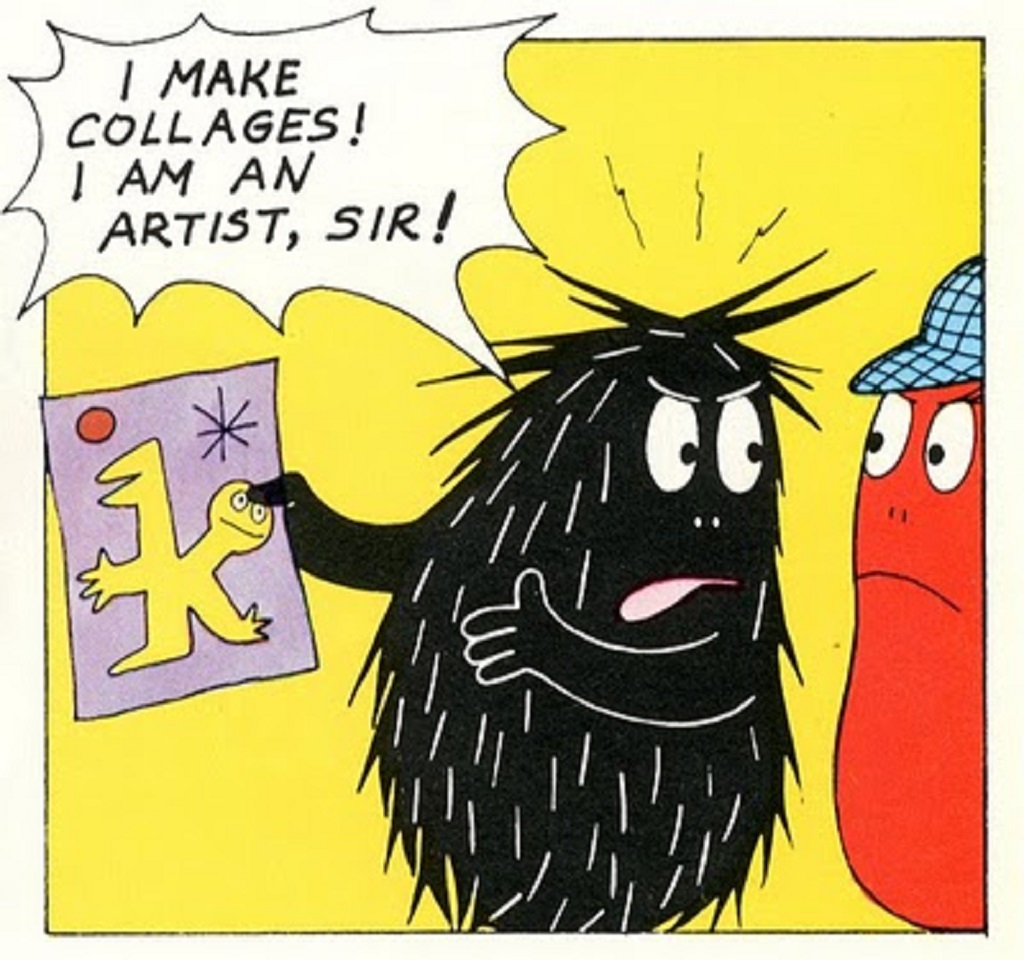
When I was young as 4 or 5 years old, I enjoyed reading Barbapapa, the children’s book series, the story of a shape shifting family. I suspect it might have played a significant role in shaping my curatorial desire and, if you will, intelligence.
Especially, Barbabeau, among its various characters, triggered a good dose of sympathy, if not identification, by me. He’s an artist with an eccentric hairstyle, looking different from any other member of his family. He’s the ultimate character that affirms the value of differences and singularity, imbued with empathy and hope.
Binna Choi is the director of Casco, Office for Art, Design and Theory
Natasha Ginwala

The Theatre and Its Double Antonin Artaud (1958)
The Theatre and Its Double (Le Théâtre et son Double) was first published in 1938. It is a collection of essays by French poet and playwright Antonin Artaud who attacked theatrical conventions, the elitism of an irrelevant, outdated literary/theatrical canon, complacency on the part of the audience.
He wrote: "confining theatre to one language, speech, written words, music, lighting or sound, heralds its imminent ruin (…). One effect of a single language’s limitations is that it dries up." In the essay The Theater of Cruelty, Artaud writes about the importance of recovering "the notion of a kind of unique language half-way between gesture and thought."
Extrapolated to curating and exhibition making, his sharp analysis could be read as a plea for diversity, experimentation and the development of new languages that meet somewhere between gesture and thought. "What is most important, it seems to me, is not so much to defend a culture whose existence has never kept a man from going hungry, as to extract, from what is called culture, ideas whose compelling force is identical with that of hunger."
Natasha Ginwala is an independent curator, researcher and writer. She is a member of the artisitc team for the 8th Berlin Biennale (2014)
Eva Wittocx
The Avant-Garde in Exhibition: New Art in the 20th Century
Bruce Altshuler (1994)
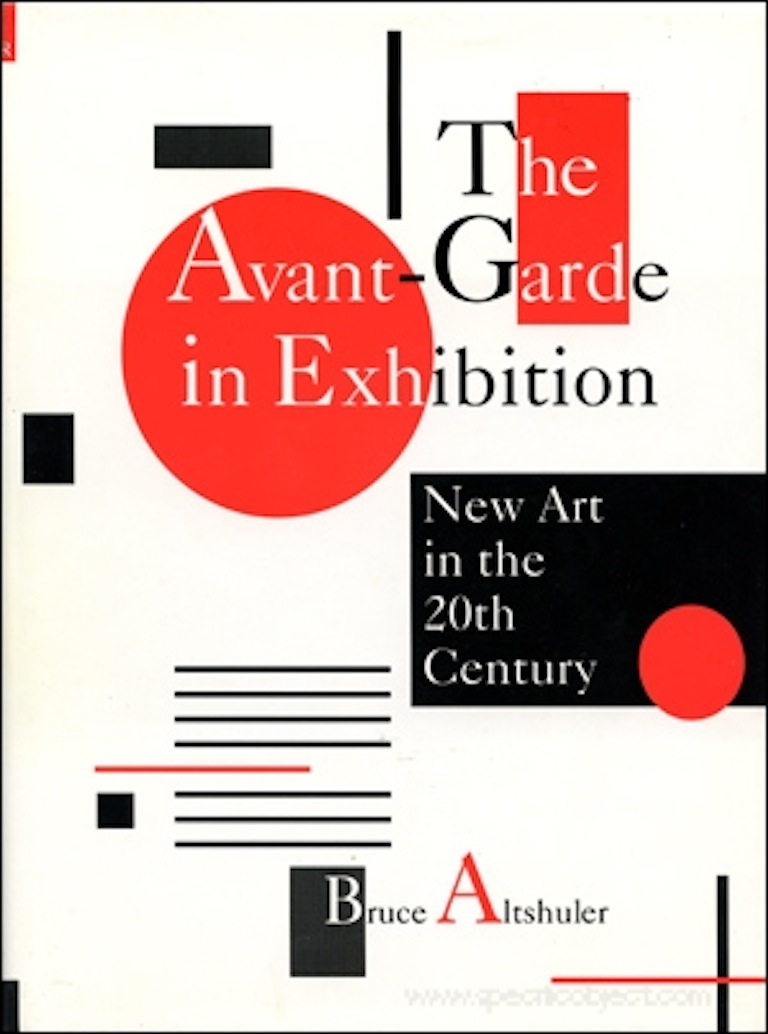
This book provides a history and overview of exceptional exhibitionss from the 20th century. From the Armory show and Degenerate Art to When Attitudes…. Through these examples, you get a comprehensive understanding of changing exhibition formats, the role of the curator, and the ways in which presentation and content increasingly interconnect. I read this book during my studies in Art Sciences (in the mid 90s) and it motivated me to continue working within the contemporary art field.
Eva Wittocx is since 2009 chief curator contemporary art at museum M in Leuven and she programs the yearly Playground festival both at STUK and M
Krist Gruijthuijsen
Dennis Cooper – The George Miles Cycle (1989 – 2000)
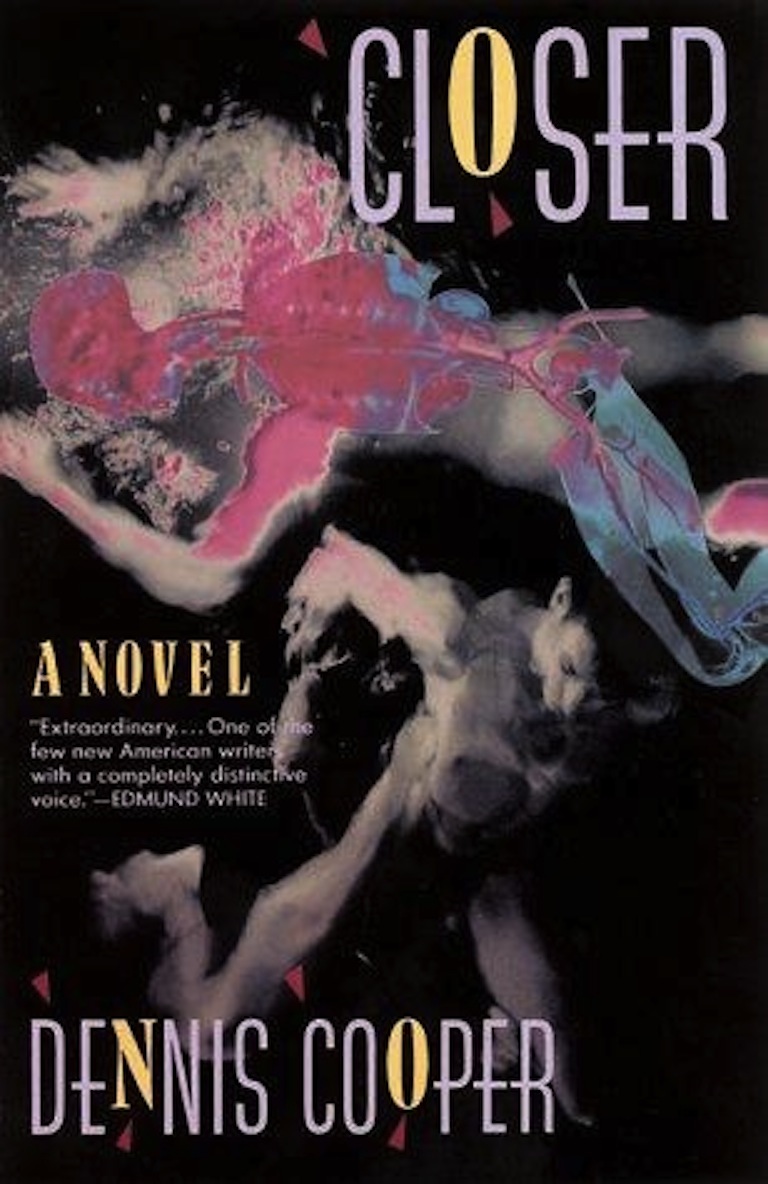
The George Miles Cycle is a series of interconnected novels that include graphic scenes of violence and desire, of pedophilia, mutilation, and necrophilia. The complex structure of the cycle could be read as a literary sculpture; one that is layered and constructed out of geometrical forms.
Cooper was 15 when he met George Miles, the 12-year old brother of a friend. They immediately became very close and continued their affection and friendship after George developed a severe bipolar disorder in his early teens, causing him to go through phases of serious depressions, manic episodes, suicide attempts, and occasional periods of institutionalization.
In the early 80s, after they had been out of touch for over two years, Cooper began to write a cycle of novels in tribute to George, which consist of Closer (1989), Frisk (1991), Try (1994), Guide (1997) and Period (2000).
The complex, structural and multiple-layered approach of Cooper’s writings is an intense and physical experience. His relationship between structure, form, language and fiction is deeply inspiring.
Krist Gruijthuijsen is curator, critic, and co-founder of the Kunstverein Amsterdam. Since 2012 he is artistic director of the Grazer Kunstverein
Arnisa Zeqo
Louise Bourgeois – He Disappeared Into Complete Silence (1947)
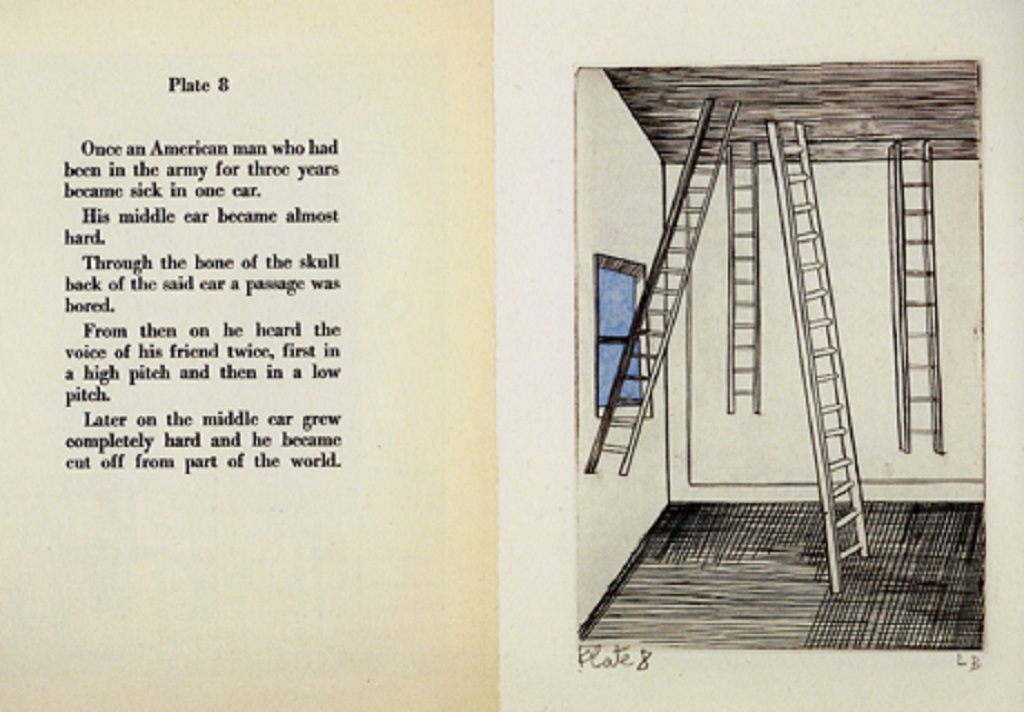
He Disappeared Into Complete Silence by Louise Bourgeois ( is a small but pivotal artwork by the French-American artist Louise Bourgeois. The booklet/portfolio consists of nine etchings and nine parables. It was the source of inspiration for Laurie Cluitmans and Arnisa Zeqo to conceive an exhibition at De Hallen with the same title. For Zeqo this book was the genesis of her desire to make an exhibition.
Arnisa Zeqo is co-founder of RONGWRONG, a small art space situated on the ground floor of her house in Amsterdam
Maaike Lauwaert


